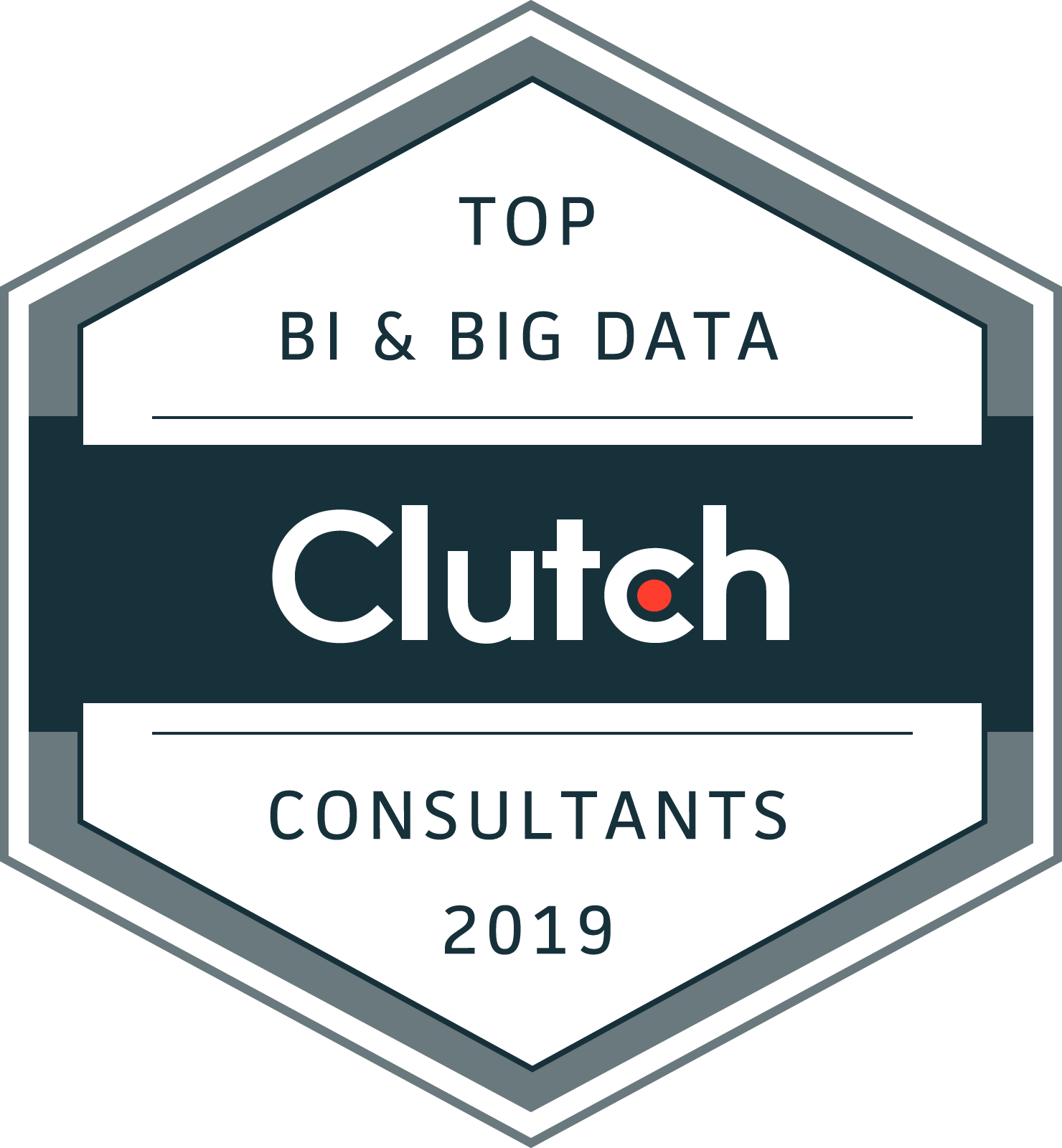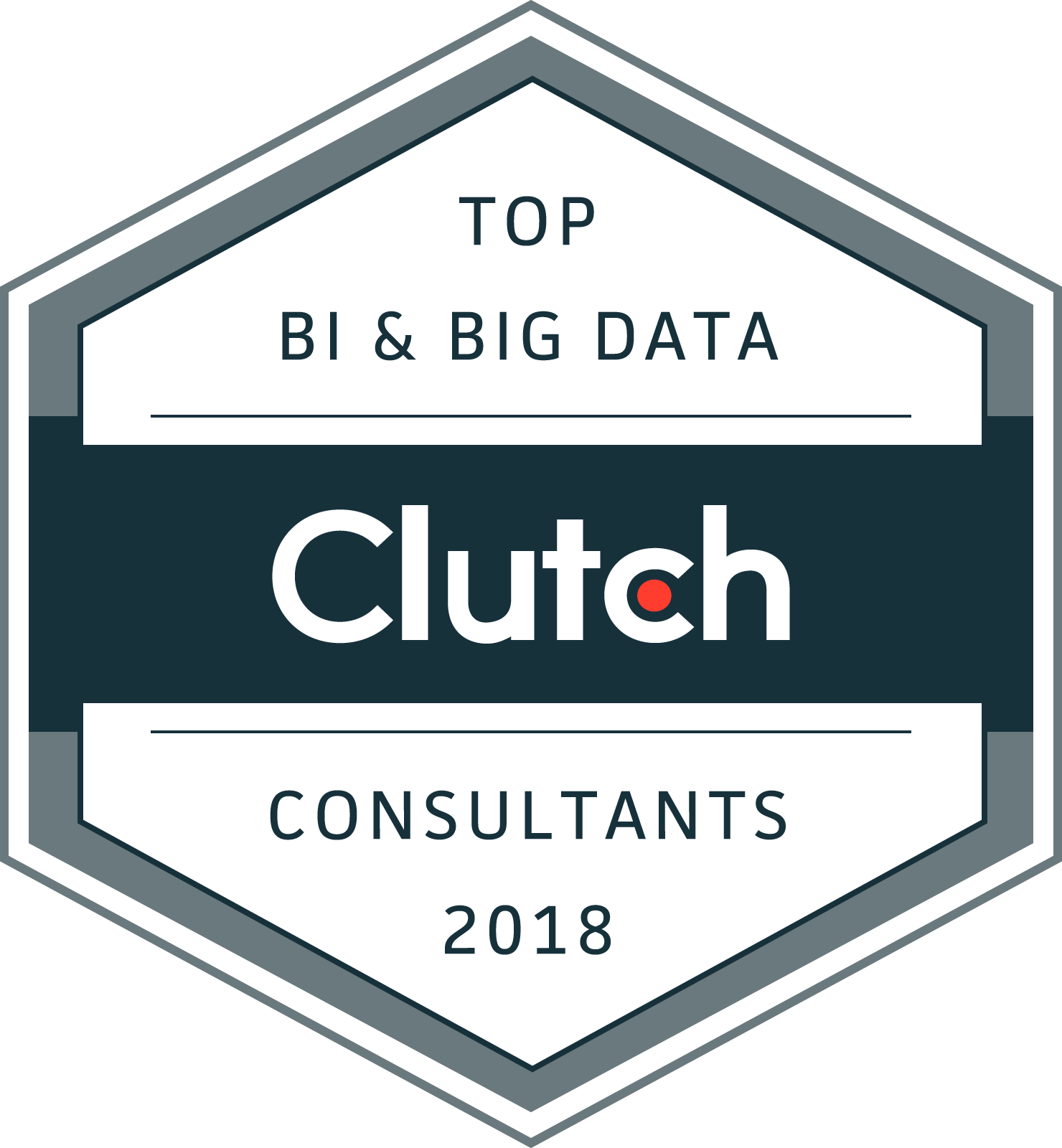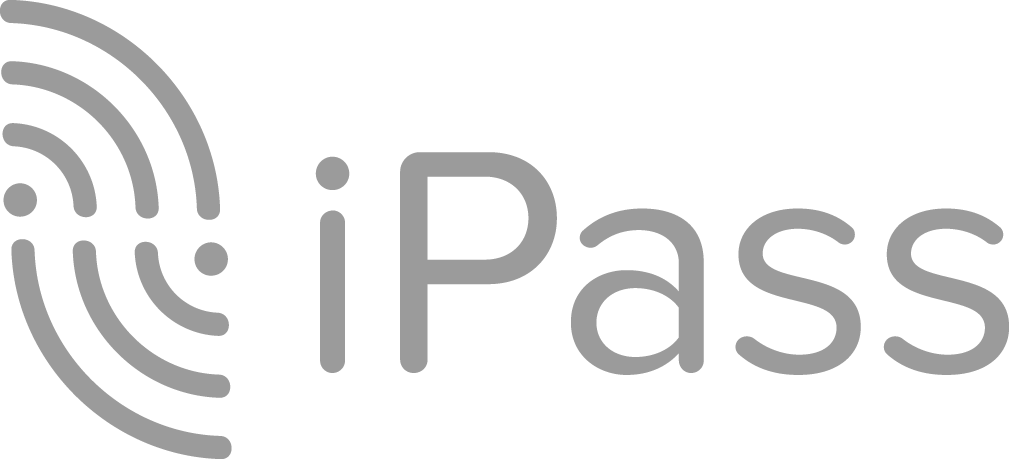Our Services
03
Data Science
Education
Education
Learn from our founder and resident expert how detailed analysis comes to life.
Who we work with
Select Clients
Just a few of our wide variety of clients spanning multiple industries around the world.
Our Industry Awards








